
With beautiful desert landscapes, sleek cities, and ancient spiritual centers, the Middle East and North Africa represent a unique collision of modernity and tradition. Join us on a journey through some of the regions’ most inspiring sights.
Image Gallery
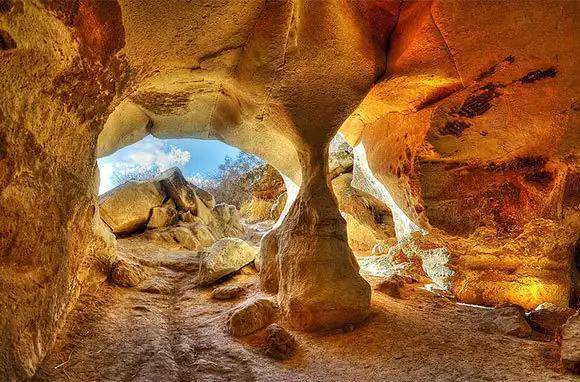
Luzit Caves, Israel
These bell-shaped caves in the Judean lowland aren't naturally occurring—they were quarried by humans beginning in the Roman period, around 300 CE. The stunning cave system is popular among thrill seekers for rappelling and subterranean hiking.

Luzit Caves, Israel
These bell-shaped caves in the Judean lowland aren't naturally occurring—they were quarried by humans beginning in the Roman period, around 300 CE. The stunning cave system is popular among thrill seekers for rappelling and subterranean hiking.
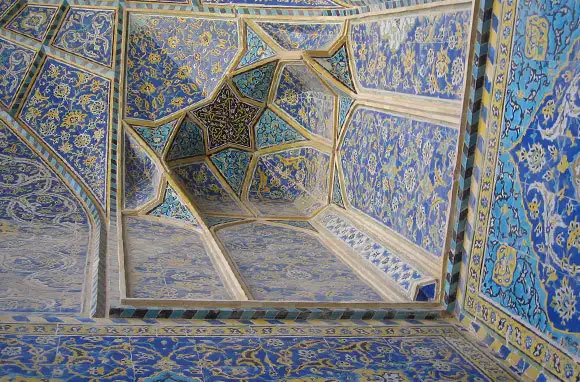
Isfahan, Iran
The beautiful Imam Mosque in Isfahan's Naqsh-e Jahan Square is a masterpiece of Persian-style Islamic architecture, crowned with soaring mosaic ceilings in palettes of blues and golds. (Find out more about travel to Iran in SmarterTravel Features Editor Caroline Morse's 10 Taboo Tourist Destinations (and How to Visit Them).)
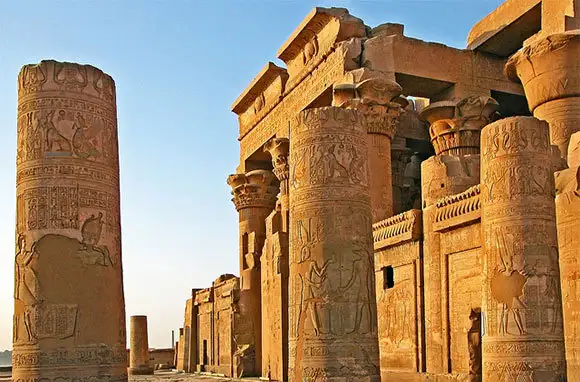
Kom Ombo, Egypt
South of Cairo, the town of Kom Ombo's unusual temple awaits. It seems nothing can destroy this millennia-old structure dedicated to the crocodile god Sobek and the falcon god Haroeris; in its long history, the temple has survived earthquakes, Nile floods, and looters.
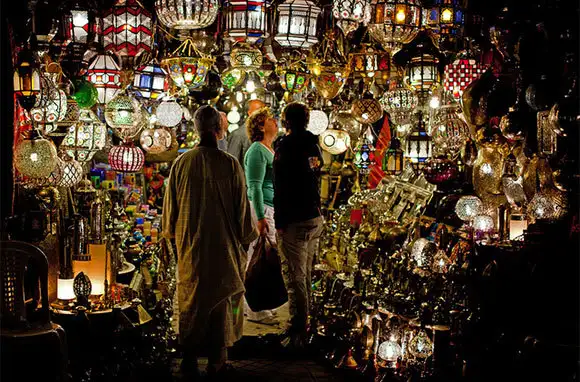
Marrakech, Morocco
This major Moroccan city is almost synonymous with "bustling marketplace." Its medina and Berber market comprise a dizzying number of stalls, where travelers can haggle over rugs, spices, perfumes, jeweled sandals, and intricate lanterns, pictured above.
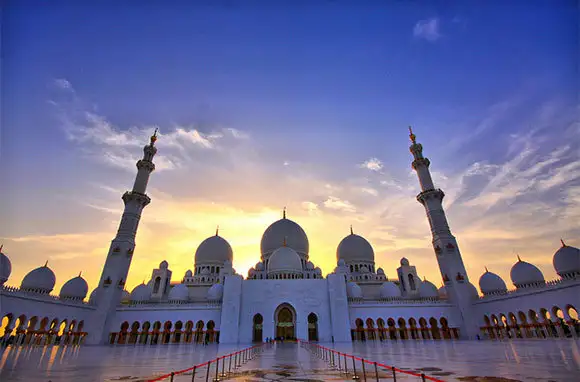
Abu Dhabi, United Arab Emirates
The Sheikh Zayed Grand Mosque presides over Abu Dhabi, the majestic capital of the UAE. Made from materials sourced from all over the world (including Greece, Italy, China, India, and New Zealand), the temple seeks to unify religions and foster tolerance and dialogue.
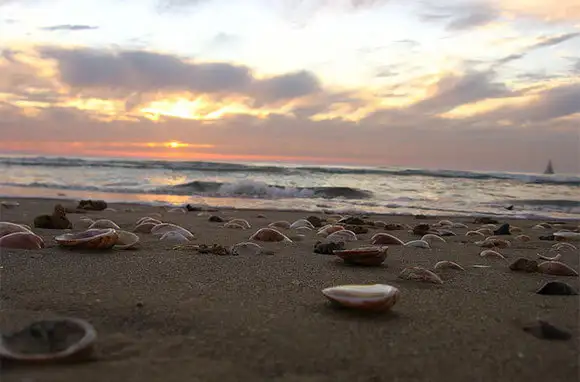
Herzliya, Israel
Once a cooperative farming community, Herzliya (part of the Tel Aviv District) is now a thriving, thoroughly modern coastal city popular among sailors and scuba divers. The less adventurous can seek out a sunset or just a spot to play matkot (an Israeli paddleball game).
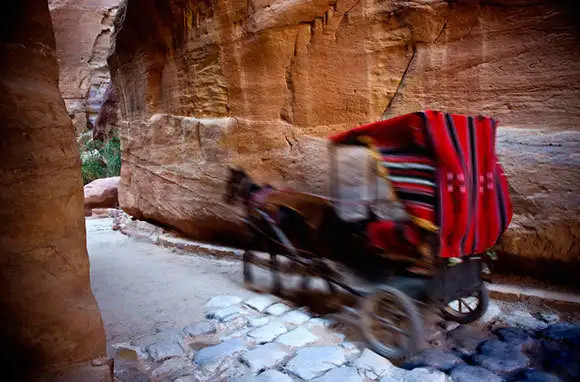
Petra, Jordan
Petra is one of the more curious UNESCO World Heritage sites. A rock-carved city that dates back to 312 BCE, it was virtually unknown to the West until the early 19th century. Here, a deep, narrow entrance (called "the Siq") is accessed by horse and carriage.
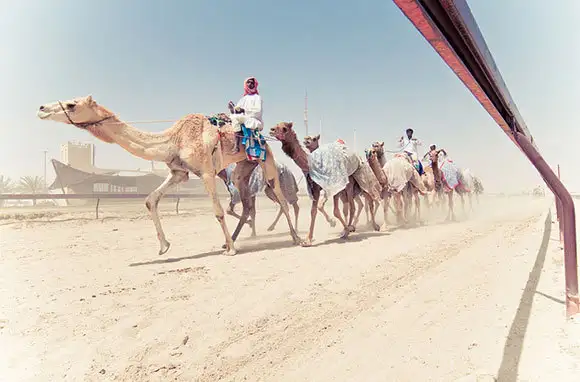
Al-Shahaniya, Qatar
Camels prepare to race at Qatar's Al-Shahaniya Sports Club just west of capital Doha. Such desert-side sports clubs will become the focus of activity when Qatar hosts the 2022 FIFA World Cup; however, soccer, not camel racing, will be the amusement of choice.
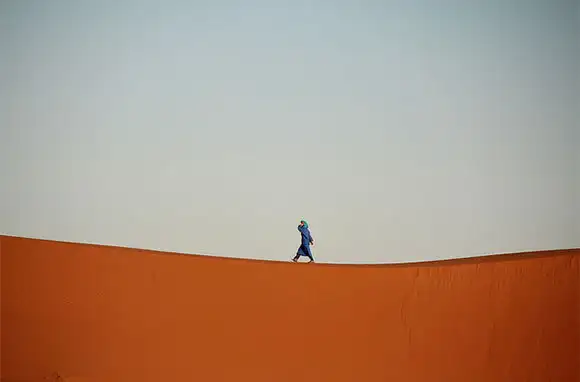
Erg Chebbi, Morocco
Morocco may be known for bustling cities Casablanca, Marrakech, and Fez, but its surrounding Saharan desert offers untold wonders and a nearly alien landscape for adventurous trekkers. Above is Erg Chebbi, a 500-foot-high dune formed by windblown sands.
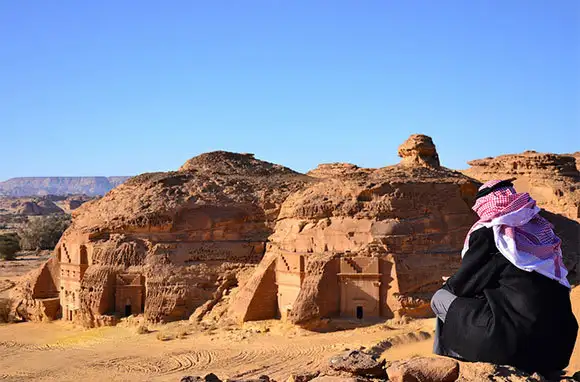
Mada'in Saleh, Saudi Arabia
Saudi Arabia's first UNESCO World Heritage site is this rambling sandstone pre-Islamic settlement. Unlike nearby Petra, which is similar in design, this site is remarkably well preserved due to the dry climate and its little-known (for now) location.
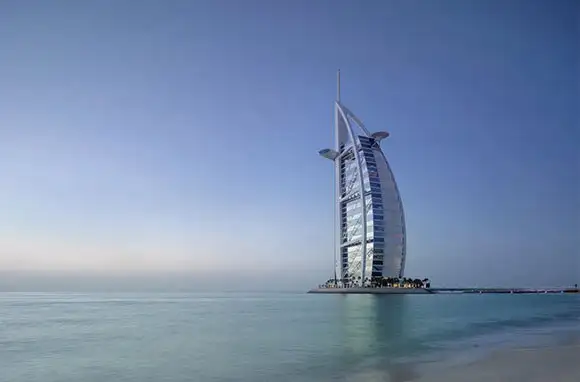
Dubai, United Arab Emirates
The thoroughly modern city of Dubai is a pastiche of skyscrapers, manmade islands, and luxury hotels situated along the Persian Gulf. Pictured is the iconic Burj Al Arab, a "seven-star" hotel that sits on its own artificial island.
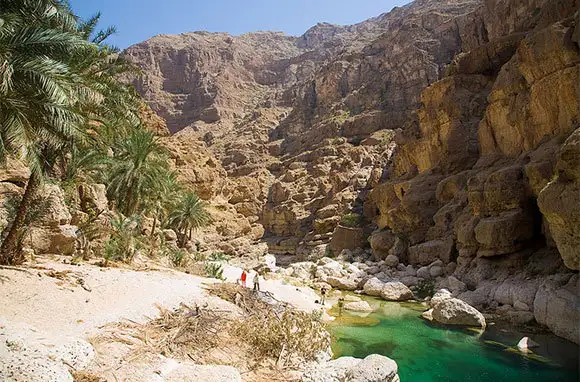
Wadi Shab, Oman
Outside of Muscat in Oman, this amazing natural oasis comprises a cascading collection of waterfalls, clear turquoise pools, and date palms. Tour guides will lead you on short hikes around the wadi and the otherworldly land that surrounds it.
You Might Also Like:
We hand-pick everything we recommend and select items through testing and reviews. Some products are sent to us free of charge with no incentive to offer a favorable review. We offer our unbiased opinions and do not accept compensation to review products. All items are in stock and prices are accurate at the time of publication. If you buy something through our links, we may earn a commission.
Top Fares From
Today's Top Travel Deals
Brought to you by ShermansTravel
France: 8-Night Paris, Avignon & Nice...
Infinity Worldwide Vacations
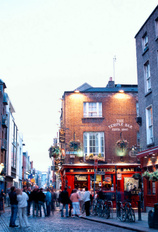 vacation
$2880+
vacation
$2880+
Poconos: 3 Nts in Garden of...
ResortsAndLodges.com
 hotel
$305+
hotel
$305+
7-Nt Canada & New England Cruise,...
Princess Cruises
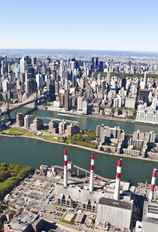 cruise
$839+
cruise
$839+



